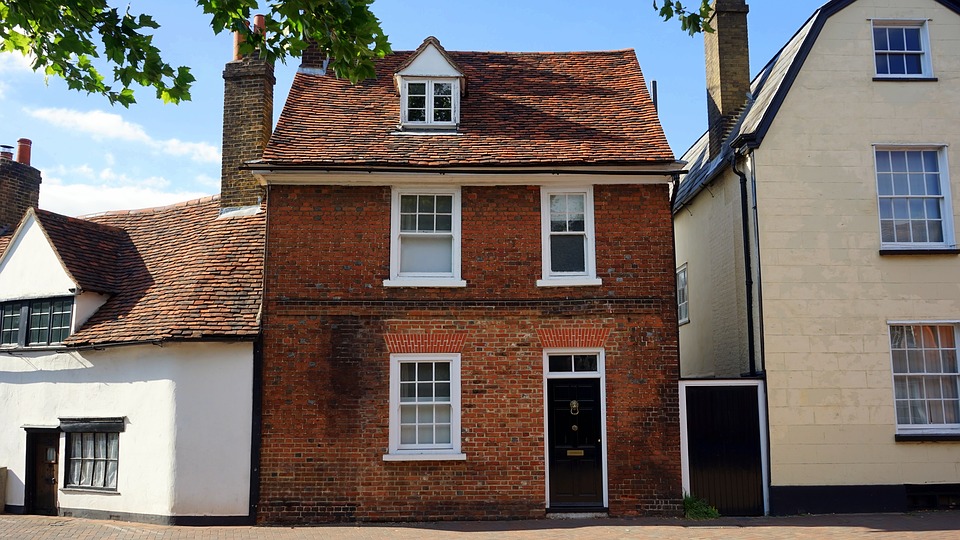As we enter the second half of 2018, the London property market continues to struggle says Dave Beard, Lending Expert from specialist second charge mortgage broker Feasible.co.uk.
Once a bastion of high prices and sales activity, the London market has struggled through much of the year. In July 2018, it was reported that London prices have fallen by 0.5%. In some ways, this could be considered an improvement; the fall in June 2018 was 1.9%. However, the continual downward trend is undoubtedly concerning.
The discrepancy between boroughs
However, it is worth noting that the continual downward trend is not displayed throughout every borough. The most expensive borough, Kensington & Chelsea, reported a 4.1% rise in house prices in July. This was by far the biggest increase, with the next largest rise – 1.5% in Greenwich – falling far behind. Tower Hamlets and Camden also saw house prices rise, but not enough to offset a grim picture elsewhere in the capital. Hackney, for example, saw house prices drop by 3.3%, while Hammersmith & Fulham and Lambeth fared little better.
London compared to the rest of the UK
The statistics above are particularly of note, given that house prices across the UK have continued to – albeit modestly – rise to the tune of 3.34%. London, once the leading light of the UK housing market, now appears to be losing its status – and Bank of England policy maker Ian McCafferty has offered speculation as to why: Brexit.
The “exodus” of EU bankers
McCafferty told LBC listeners that he believes an “exodus” of EU bankers is taking place, and drew direct correlation between this and the ongoing uncertainty regarding the UK’s withdrawal from the EU. With EU negotiations not set to resume until October at the earliest – and political turmoil predicted as a result – then, if McCafferty is right, it looks likely that the London property market may take a while to stabilise yet.
Foxton’s loss reflects growing fears
Unfortunately, it appears the current stagnation of prices has claimed a victim, with well-known agency Foxtons reporting a loss in its recent financial data. The company had already issued four profit warnings recently, and its share value has fallen from 250p to just 45p in two years. In the first half of 2018, Foxton’s lost £2.5 million, with the problems in the London property market being identified as one of the major causes.
The rental market
However, there is some sign of life in the London property market: average rental rates have risen to a new record high of £1,615. This is a 3.3% rise from this time last year, and is the first time ever that London rental figures have broken the £1,600 barrier.
This surge was particularly welcomed, given that rents in the capital fell – for the first time in seven years – in June.
In conclusion
Unfortunately, the current state of the London property market is rather unhealthy. While the rental market returns to a gentle boom, London is falling behind the rest of the UK in terms of house prices. Foxton’s loss has demonstrated the very real consequences of the continued difficulties facing the London property market, they are likely to be just the first casualty.
Source: London Loves Business








